Aiding Spillway Gate Maintenance
By moving a 65-ton steel structure along a monorail, staff at Norfork Dam in Baxter County, Ark. can easily seal and dewater each of the structure's 12 spillway gates.
The unique spillway closure system consists of a 130,000-pound maintenance bulkhead that runs along a 667-foot-long steel monorail beam attached to the dam. After motorized trolleys slide the 24-foot-high by 48-foot-wide bulkhead in front of a tainter gate bay, the spillway gate is opened. As the bay is dewatered, the resulting differential pressure pushes the bulkhead into the opening and holds it in place. This allows maintenance crews to work on the gates and gate mechanisms in a dry condition.
"The Little Rock District takes great pride in our day-to-day operations," said Structural Engineer Craig Evans, PE with the U.S. Army Corps of Engineers Infrastructure Safety Section. "We strive to do our very best when it comes to maintaining and operating our structures so that they will continue to be the great assets they are."
Garver Project Manager John Watkins, PE, SE said a stop-log system is typically used to seal water control gates by dropping a barrier into the bay opening. However, the Garver-designed system takes a more modern approach.
"This spillway closure system is unique because the bulkhead slides along a monorail and can fit and seal each one of the bays," Watkins explained. "This is the fifth dam bulkhead we've designed, and as far as I know, those are the only five in existence in the country."
Wheels at the top and bottom of the bulkhead help the large barrier roll across the dam face. When the bulkhead is in place, the wheels retract and the rubber bulkhead seals rest against the concrete. Rubber bulb seals are positioned along the bulkhead's perimeter for a tight fit.
After the maintenance crew finishes its work in the dewatered bay, a valve in the bulkhead is opened to re-water the gate bay. This releases pressure on the bulkhead and allows the wheels to be extended in preparation for the next move.
To create the best fit possible, Garver hired divers to map irregularities in the dam's concrete face where the seal would be positioned.
"The surface irregularities determined during design were shown in the construction documents so the contractor could estimate material quantities required to patch the concrete," Watkins said. "The contractor applied the patching material in an underwater condition and troweled the area smooth."
Two large cranes were used to install the bulkhead. This required coordination with the U.S. Army Corps of Engineers to temporarily close Arkansas Highway 177 across the dam.
Garver provided all design services, including structural, electrical and mechanical.
Garver has also designed two dam bulkhead systems at Table Rock Lake in Branson, Mo.; one at Greers Ferry Lake near Heber Springs, Ark.; and one at Beaver Lake northwest of Eureka Springs, Ark.
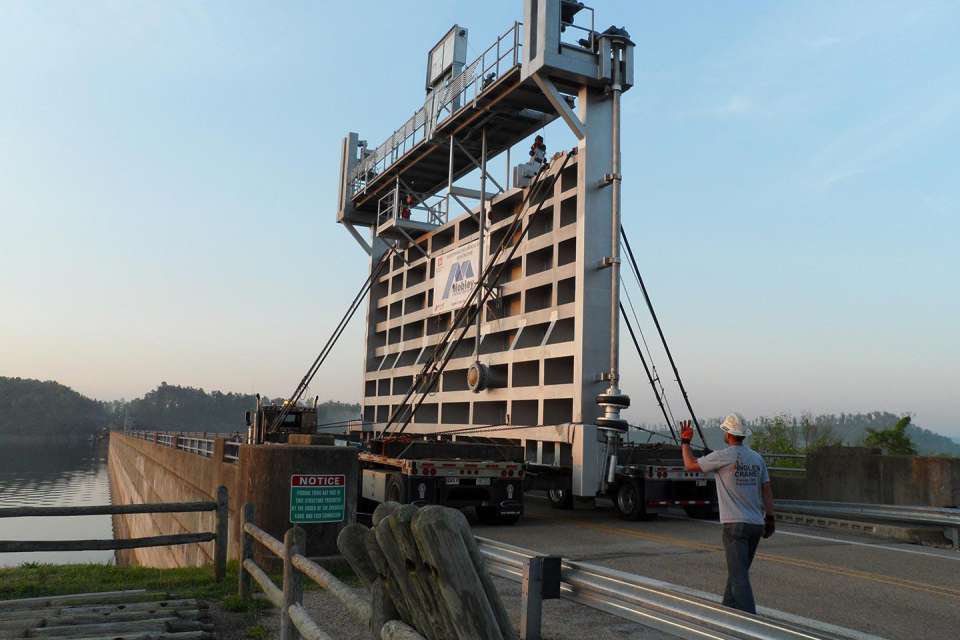

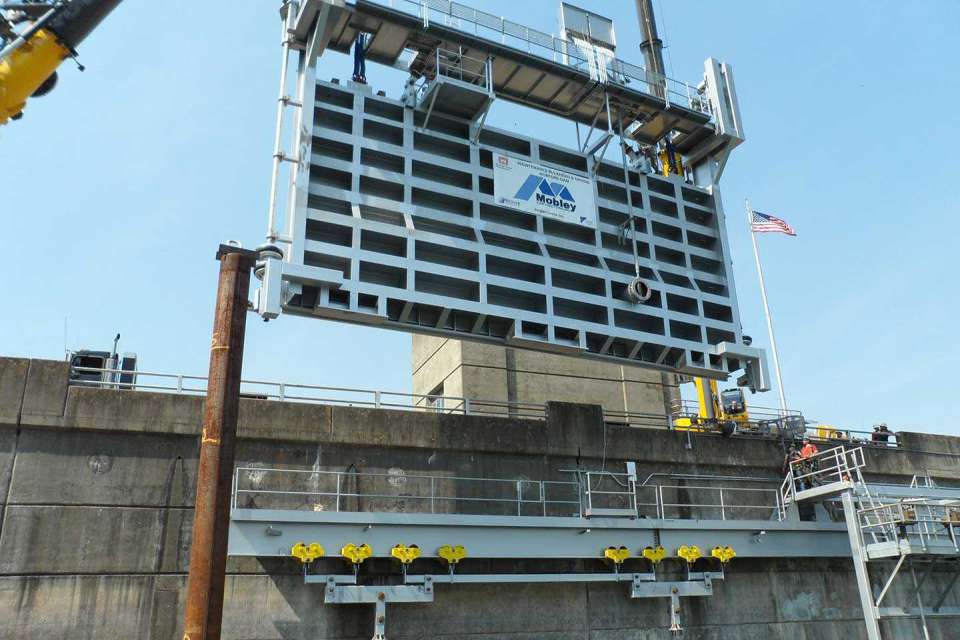
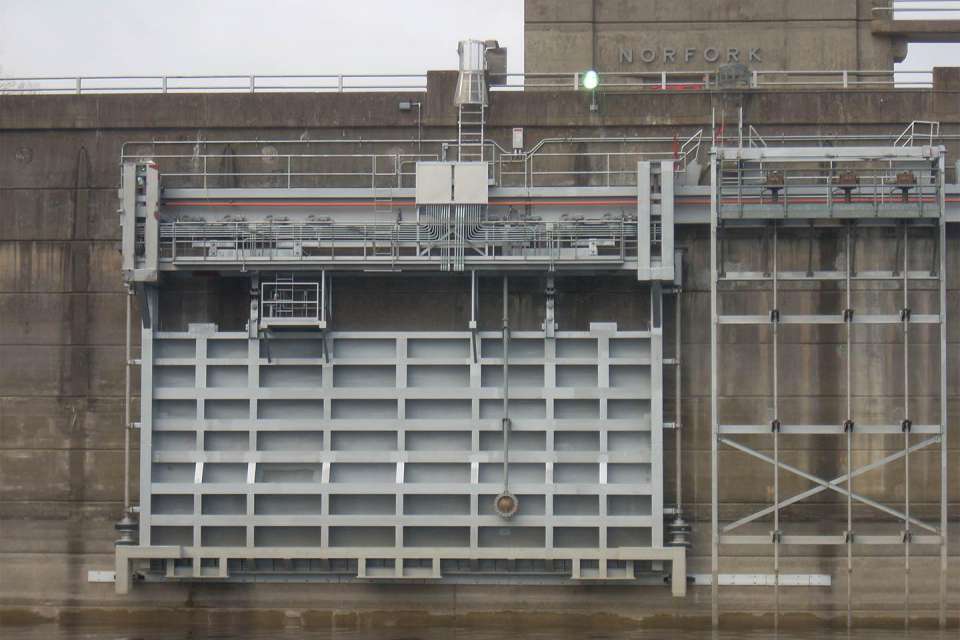
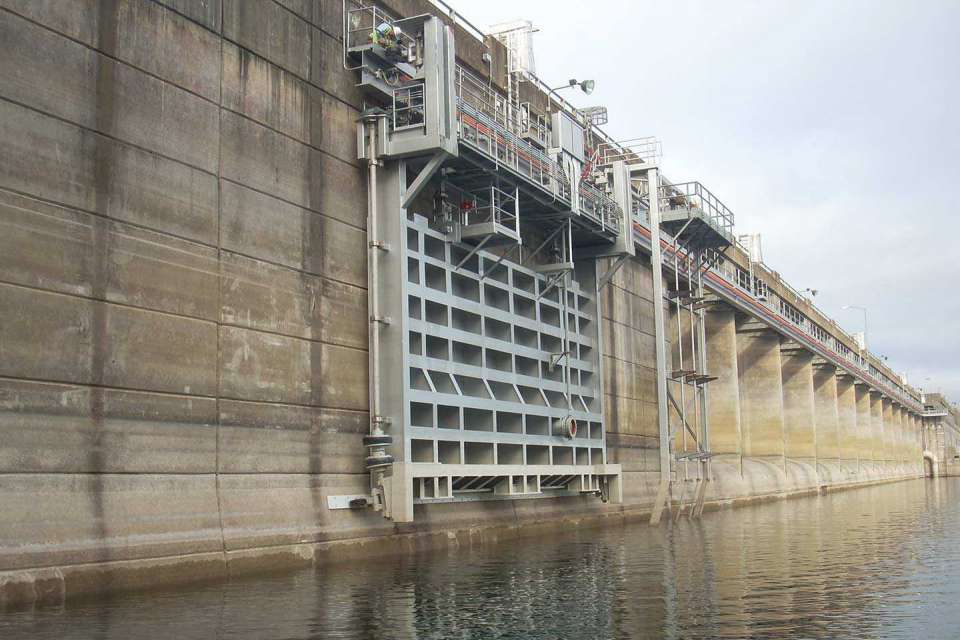
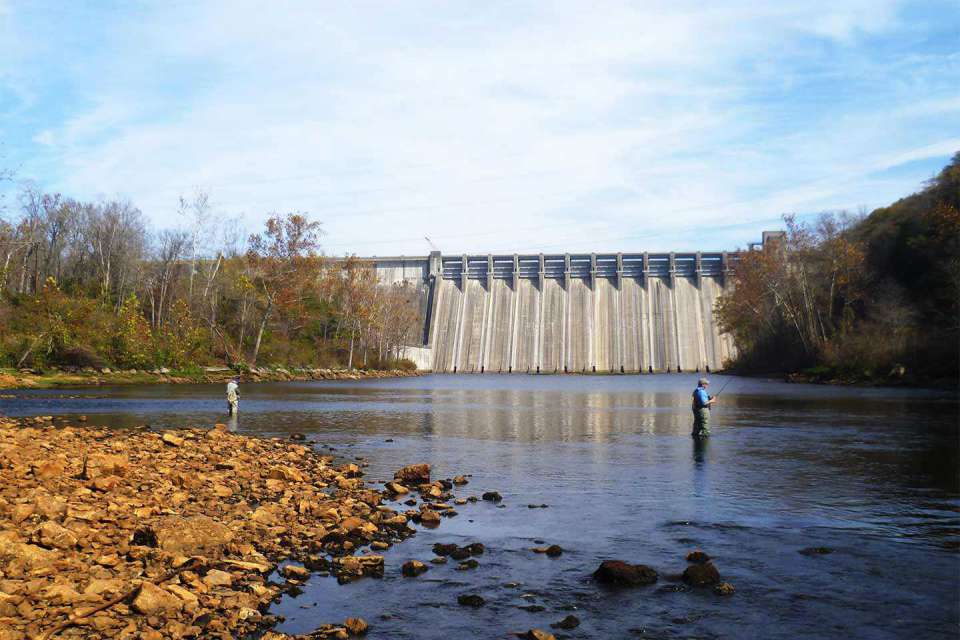
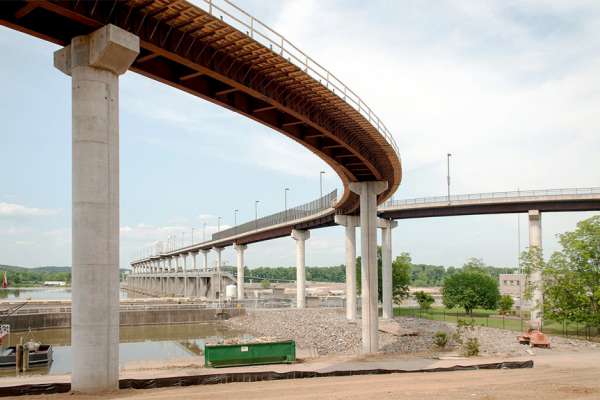

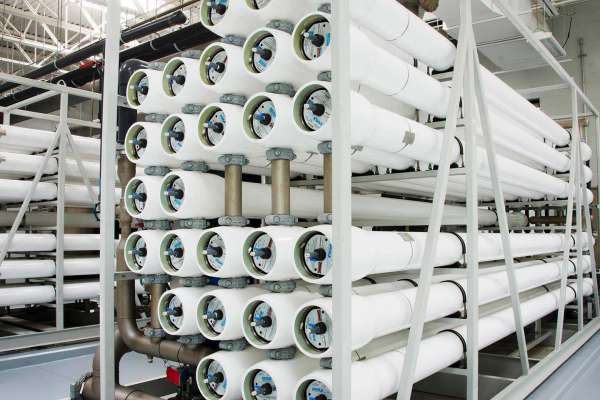
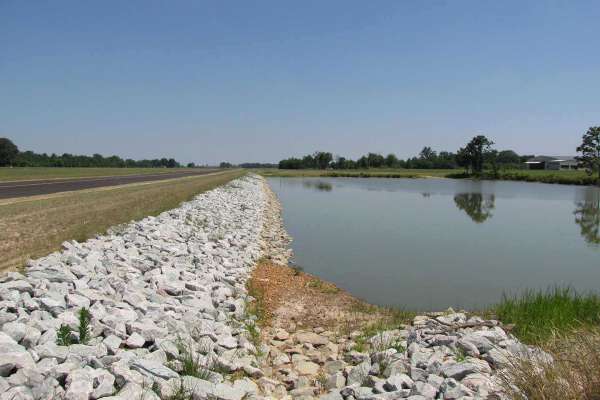


Share this article